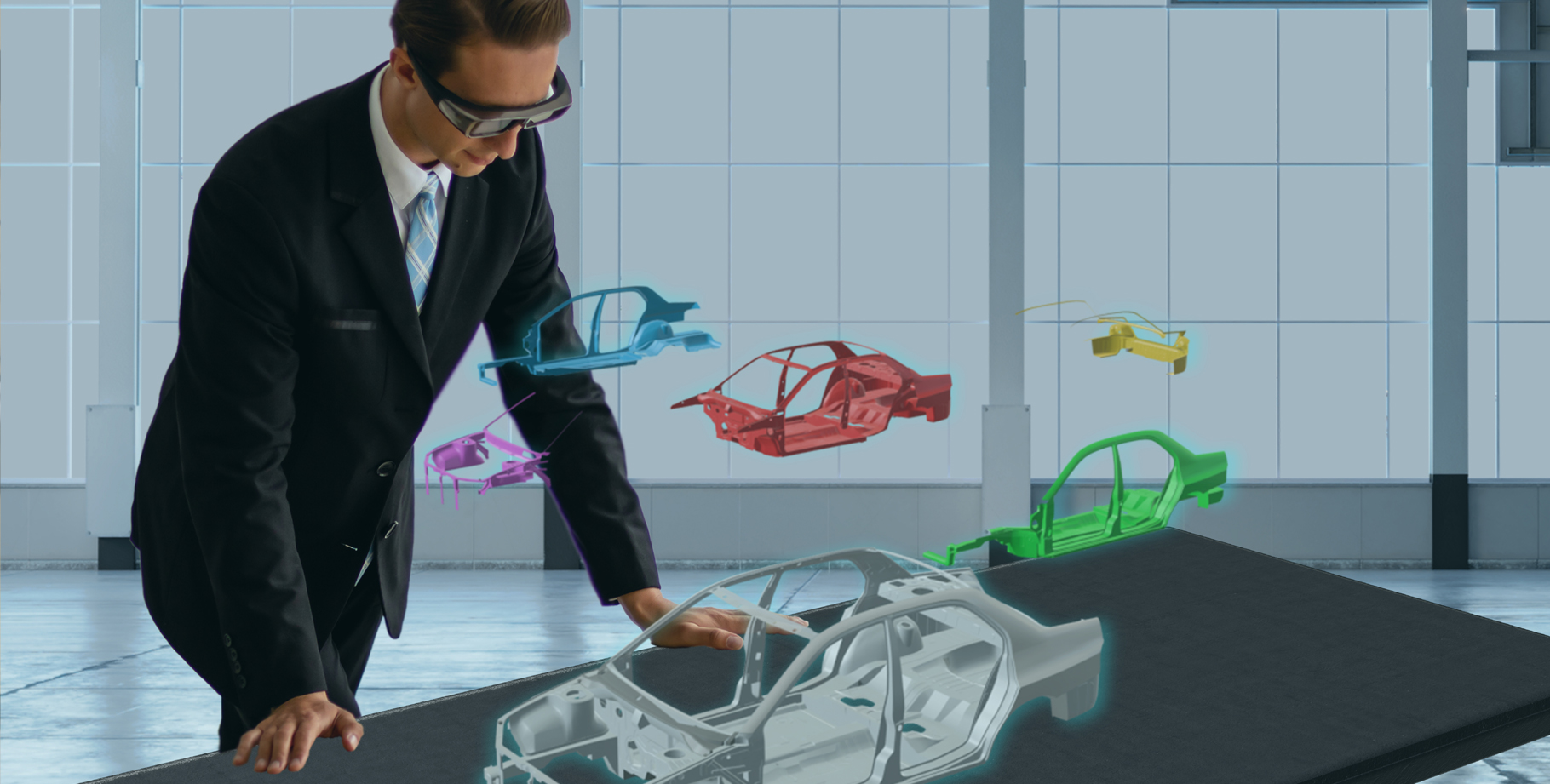XR has the potential to enhance design and prototyping, manufacturing, training, maintenance, sales, and customer experience. Here are some key roles of XR in the automotive industry:
XR Sense provides a range of Extended Reality (XR Sense) solutions for use in Automotive organizations, including hardware, software and services.

XR can facilitate design visualization and prototyping in automotive manufacturing. VR can create virtual replicas of vehicles, allowing designers and engineers to evaluate different design concepts, test ergonomics, and identify potential issues before physical prototyping. This accelerates the design process, reduces costs, and enables better product optimization.
XR can improve manufacturing and assembly processes in the automotive industry. AR can overlay digital information, such as assembly instructions, quality control criteria, or real-time data, onto physical parts and workstations. This provides real-time guidance to workers, reducing errors, improving efficiency, and streamlining production.
XR can provide immersive and realistic training experiences for automotive technicians and operators. VR simulations can replicate complex repair procedures, assembly tasks, or vehicle diagnostics, allowing individuals to practice their skills in a safe and controlled environment. AR can overlay virtual information onto the real world, enabling on-the-job training and providing real-time guidance.
XR can assist in the maintenance and repair of vehicles. AR can overlay digital information, such as repair manuals, step-by-step instructions, or diagnostic data, onto physical vehicles, guiding technicians through complex repair procedures. This improves accuracy, reduces downtime, and enhances the efficiency of maintenance and repair operations.
XR technologies can enhance the sales and marketing process in the automotive industry. VR can create virtual showrooms or configurators, allowing customers to explore and customize vehicles in a virtual environment. AR can overlay virtual information, such as specifications, pricing, or interactive features, onto physical vehicles during sales presentations. This improves customer engagement, provides a more immersive experience, and helps customers make informed purchasing decisions.
XR can enhance the customer experience and after-sales support in the automotive industry. AR can provide real-time information overlays, such as maintenance reminders, vehicle diagnostics, or service instructions, to vehicle owners. This improves transparency, simplifies self-service tasks, and enhances the overall ownership experience.
XR technologies can assist in driver assistance systems and enhance safety in vehicles. AR can overlay relevant information, such as navigation cues, speed limits, or real-time traffic data, onto the driver’s field of view, reducing distractions and improving situational awareness. XR can also simulate hazardous driving conditions or emergency scenarios, allowing drivers to practice their response and decision-making skills in a safe environment.
